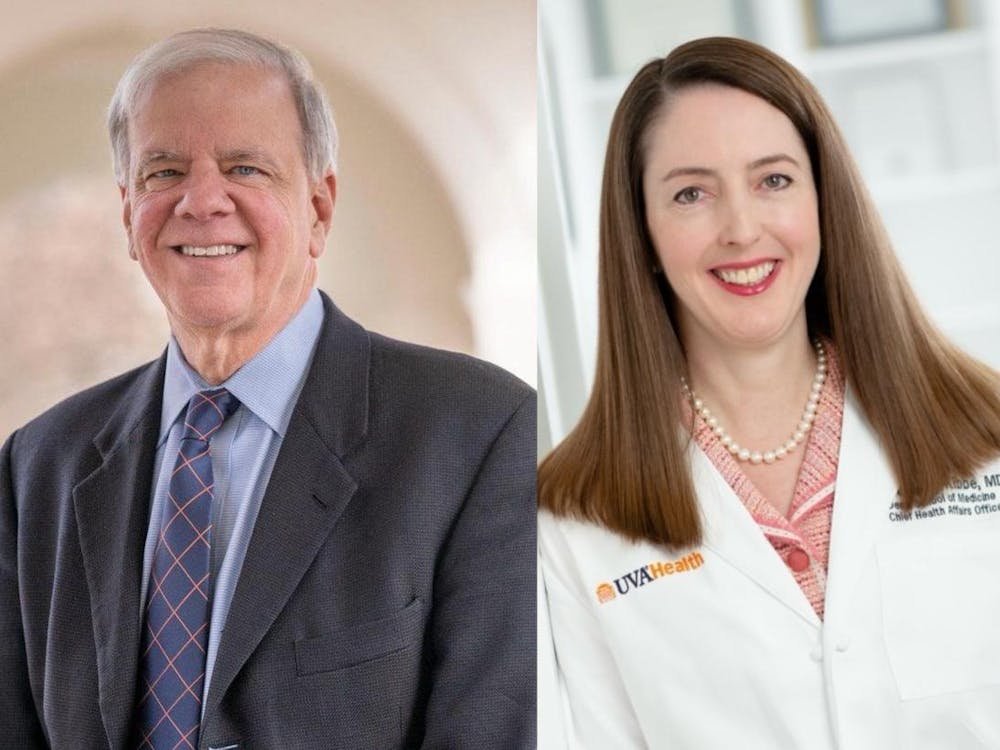Researchers from the Gaultier Lab in the University School of Medicine published a paper Feb. 6, in the journal Science Translational Medicine on their recent finding that the drug fluvoxamine, ordinarily used as medication for those with obsessive-compulsive disorder, may have the ability to treat sepsis as well.
Sepsis is the immune system’s overactive inflammatory response to infections. This inflammation can ultimately damage tissues and organs, potentially resulting in death. According to the World Health Organization, over 30 million people worldwide suffer from sepsis, and potentially as many as 6 million deaths a year can be attributed to the condition. Furthermore, Dr. Alban Gaultier, head researcher in the Gaultier Lab and assistant professor of neuroscience, noted that although approximately 270,000 of the 1.7 million people in the United States that contract sepsis each year die, there is no effective treatment for sepsis.
The Mayo Clinic, a nonprofit organization for medical education and research, cites intravenous antibiotics and fluids, medications to raise low blood pressure, oxygen and surgery as methods of care. They also state that although those with less severe cases often recover, patients who go into septic shock have a mortality rate of 40 percent.
“Sepsis is a very dire condition,” Gaultier said. “Once you get diagnosed with it, the risk of dying from it is pretty high, around 25 to 30 percent. There is no cure or good treatment, so if [our] findings were extrapolated to humans, to us, then they could have huge impacts.”
The discovery comes as part of the work the Gaultier Lab does to investigate and explain the intricacies of multiple sclerosis. MS is an autoimmune disease in which the immune system destroys myelin sheaths — the fatty nerve coatings that enable quick and efficient transmission of neural signals throughout the body. Specifically, the immune system destroys myelin and nerves through unnecessary inflammation.
While studying certain pathways that lead to inflammation, the Gaultier Lab found that the sigma-1 receptor, a protein that detects chemical messengers and relays information to cellular structures and cells as a whole, plays a large role in limiting the production of an inflammatory protein secreted by the immune system.
This was of particular relevance to sepsis because the S1R receptor may inhibit uncontrolled inflammation. Over a four-year period, Gaultier and his team found that dysfunctional or absent S1R receptors lead to a heightened swelling response in mice, during which an abundance of inflammatory proteins are produced.
“We identified that there was a certain molecule that seemed to be really important in sepsis,” said Dorian Rosen, medical graduate student and researcher in the Gaultier Lab. “Then we wanted to see if there were any drugs that were safe, effective, already in clinical use that might target this molecule.”
They explored several different models of sepsis, and when testing several drugs known to target molecules in inflammatory pathways, they found that the antidepressant fluvoxamine would readily associate with the S1R receptor and enhance its ability to temper the immune system’s exaggerated reaction to infection.
“We basically looked for drugs that like to associate with our molecule of interest,” Rosen said. “We found that actually there are a lot of them, but fluvoxamine was just the best target in that it’s very widely used and pretty safe. It’s old so there is a lot of historical data on it, and so that’s why we decided to try the fluvoxamine, and it ended up working.”
Following these results, the team is now looking to extend their conclusions to their investigation of other autoimmune disorders and other available drugs that, while not traditionally used to treat sepsis, might prove beneficial. Gaultier mentioned that, as part of the overarching focus of the lab, they are conducting a follow-up project in which they will study the ways in which the inflammatory pathway and S1R receptor function in MS.
In addition, the Gaultier Lab hopes that a clinical partner will be willing to investigate the effects of fluvoxamine use in human patients with sepsis. According to Rosen, some data already exists in hospital records about how people who have sepsis and are taking fluvoxamine fare. The next step in the process would be for someone to gather the data and analyze it, as well as collect additional data during a wide-scale clinical trial.
“We obviously hope that someday, a large prospective clinical trial could be conducted to try and actually move into using fluvoxamine as a treatment for at least a subset of sepsis patients, but that’s a long way down the line and requires a lot of work,” Rosen said.
There may also be difficulty in even reaching the stage of clinical trials. The fact that fluvoxamine is already an approved drug can have its downfalls, Gaultier pointed out.
“The main challenge is the fact that the molecule we have found is already approved,” Gaultier said. “It’s a known molecule… [so] it’s an economic challenge because ultimately companies want to make money, and making money on a known molecule is difficult.”
Nevertheless, Gaultier believes that, with fluvoxamine already on the market as a brand name drug and in generic form, the cost of sepsis treatment might be reduced. This would then make care more widely available to low-income patients.
“That is the beauty of repurposing drugs that are already known,” Gaultier said. “They are there, they are out of patent protection and so they can be affordable.”
In detailing the major impacts of their research, both Gaultier and Rosen stressed providing a treatment for sepsis that can be applied to different models of sepsis around the world and accessible to people in need.
“When you have a drug that is repurposed … you can get this drug for a lot cheaper, and you can often get it in generics,” Rosen said. “My hope is that under-insured, uninsured, vulnerable people can get access to high-quality, novel sepsis therapeutics that will hopefully improve their outcomes.”





